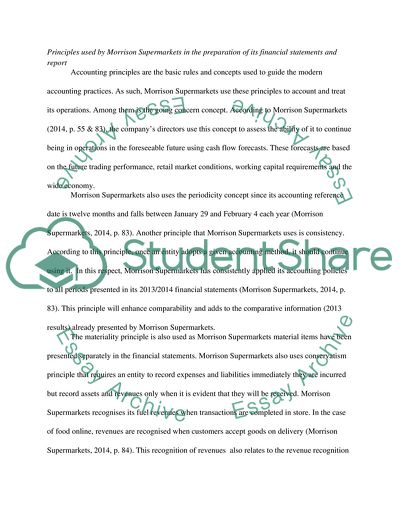Cite this document
(Business finance Essay Example | Topics and Well Written Essays - 3000 words, n.d.)
Business finance Essay Example | Topics and Well Written Essays - 3000 words. https://studentshare.org/finance-accounting/1869867-business-finance
Business finance Essay Example | Topics and Well Written Essays - 3000 words. https://studentshare.org/finance-accounting/1869867-business-finance
(Business Finance Essay Example | Topics and Well Written Essays - 3000 Words)
Business Finance Essay Example | Topics and Well Written Essays - 3000 Words. https://studentshare.org/finance-accounting/1869867-business-finance.
Business Finance Essay Example | Topics and Well Written Essays - 3000 Words. https://studentshare.org/finance-accounting/1869867-business-finance.
“Business Finance Essay Example | Topics and Well Written Essays - 3000 Words”. https://studentshare.org/finance-accounting/1869867-business-finance.


